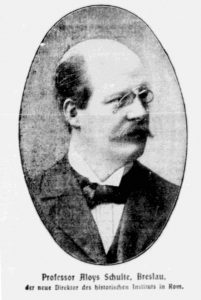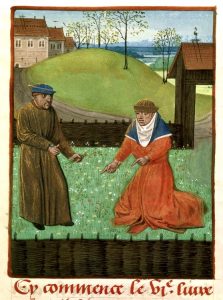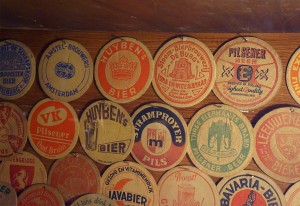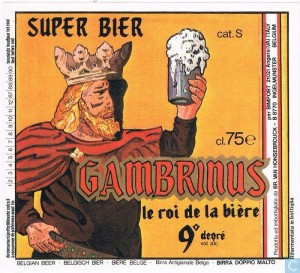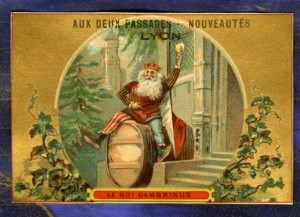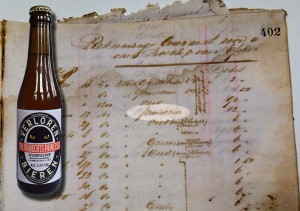Gruit: nothing mysterious about it
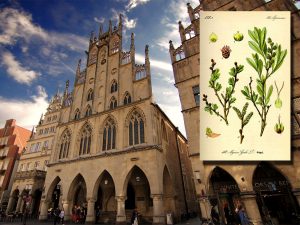 Gruit was a Medieval beer ingredient in the Low Countries and westernmost Germany, as we saw in the previous article. Local governments had a monopoly on it and made good money selling it. But too often, people like to pretend there is something mysterious about what exactly gruit was composed of, and what purpose it served. However, gruit isn’t such a big mystery: more information has been preserved than you may have thought. So here’s a quick survey of gruit, and now you never need to say anymore that we don’t know anything about it.
Gruit was a Medieval beer ingredient in the Low Countries and westernmost Germany, as we saw in the previous article. Local governments had a monopoly on it and made good money selling it. But too often, people like to pretend there is something mysterious about what exactly gruit was composed of, and what purpose it served. However, gruit isn’t such a big mystery: more information has been preserved than you may have thought. So here’s a quick survey of gruit, and now you never need to say anymore that we don’t know anything about it.




